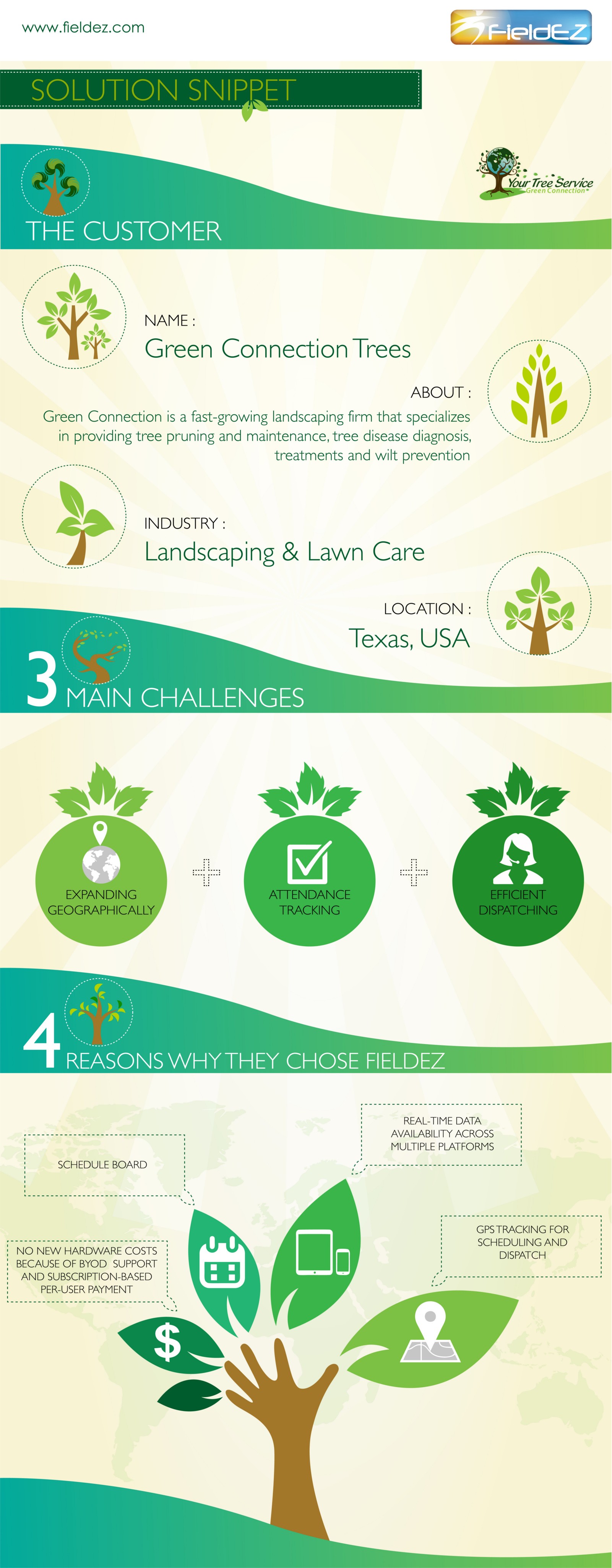Examining Tree Health: Guidelines For Selecting Tree Elimination
Examining Tree Health: Guidelines For Selecting Tree Elimination
Blog Article
Web Content Written By-McCollum Stryhn
If you've ever questioned the fate of the trees on your property, comprehending when it's time for removal is critical. However just how do you figure out if a tree can be conserved or if elimination is the only alternative? By seeking certain signs and assessing security risks, you can make informed decisions that profit both your landscape and your environments. Allow's explore the vital factors that come into play when determining the fate of a tree and exactly how you can make sure the very best outcome for your eco-friendly friends.
Indicators of Tree Decrease
If you notice any one of the adhering to signs of tree decrease in your backyard, it may be time to think about tree elimination.
Read the Full Report is dead or worn out branches, which can suggest underlying concerns influencing the tree's health. Keep an eye out for tarnished or wilted fallen leaves that linger despite proper treatment, as this could be an indication of condition or parasites.
An additional warning signal is too much leaning or a visible shift in the tree's base, which might suggest origin issues or structural instability. Keep an eye out for fungal development on the trunk or origins, as this can indicate rot and endanger the tree's security.
Additionally, if you observe big splits in the trunk or major limbs, it's vital to resolve these issues without delay to prevent prospective hazards. Addressing these indicators of tree decline immediately can assist maintain the security and aesthetics of your yard atmosphere.
Safety Concerns
To make certain the well-being of your property and those around you, prioritizing safety concerns related to trees is extremely important. Trees can position numerous security risks otherwise effectively maintained. Dead or worn out branches might drop suddenly, endangering individuals or destructive structures.
Leaning trees can also be harmful, particularly if they're leaning towards a building or high-voltage line. Additionally, trees with extensive origin systems near foundations or underground utilities can create significant damages gradually.
It's crucial to consistently examine your trees for any kind of indicators of possible danger. Look out for splits in the trunk, large tooth cavities, or indicators of condition and decay. If you observe any of these issues, it's ideal to consult with a specialist arborist to assess the circumstance and figure out the necessary strategy.
Taking positive actions to deal with safety and security issues without delay can protect against crashes and residential property damages in the future. Remember, the safety and security of your property and those around you should always be the leading priority when it comes to tree upkeep.
Consulting an Arborist
When thinking about the health and safety of your trees, seeking advice from an arborist is a vital step. Arborists are educated experts that specialize in the treatment and upkeep of trees. They can examine the total health of your trees, identify any kind of issues such as diseases or architectural problems, and give skilled suggestions on the very best strategy.
By speaking with an arborist, you can obtain beneficial understandings right into the problem of your trees and establish whether removal is essential. Arborists have the understanding and experience to examine the risks connected with maintaining a tree versus removing it. They can likewise provide assistance on different solutions, such as trimming, cabling, or bracing, to aid preserve the tree whenever possible.
Additionally, arborists can help you browse any kind of regional guidelines or allows that might be needed for tree removal. Their knowledge can make sure that the procedure is carried out safely and in compliance with any appropriate laws.
Final thought
To conclude, when establishing whether trees can be saved or if elimination is essential, it is very important to take into consideration signs of decline and safety issues. Consulting an arborist for a complete analysis is necessary in making the very best choice for the tree's health and wellness and possible hazards. Keep in mind, proactive care and prompt action can help protect trees and avoid mishaps.
